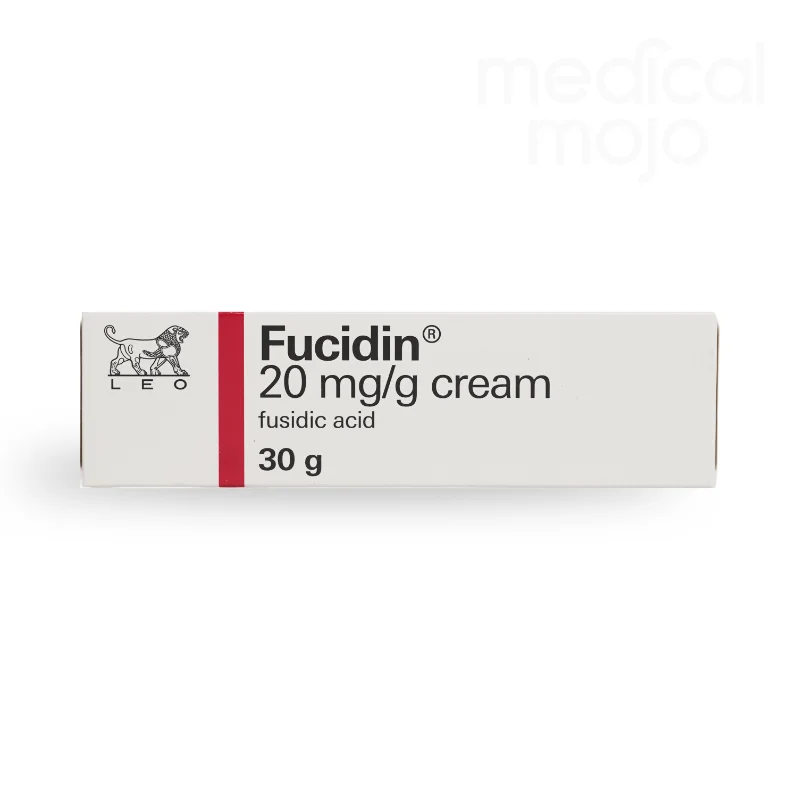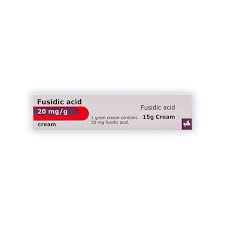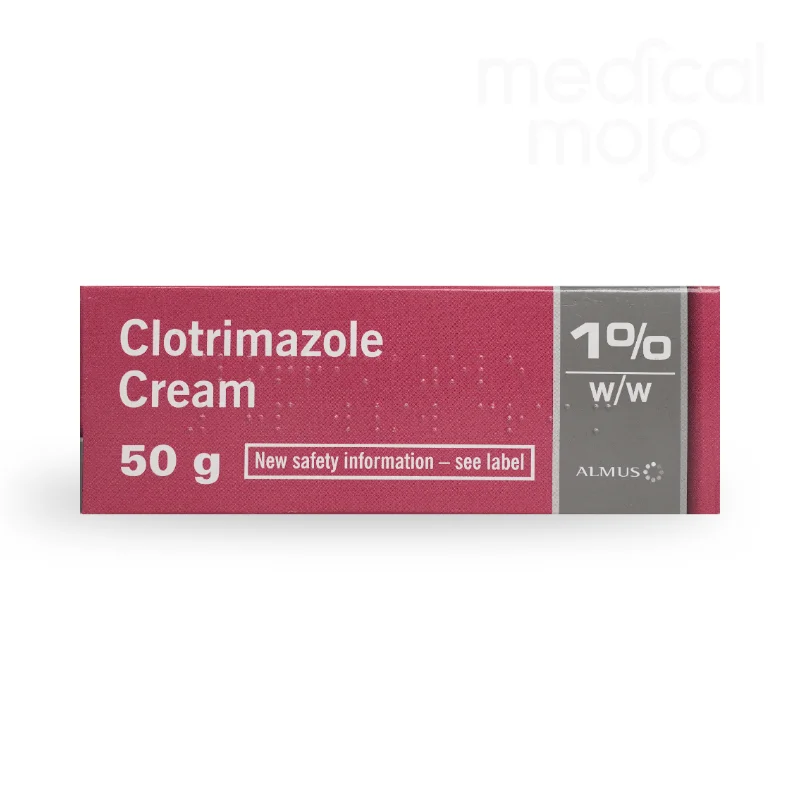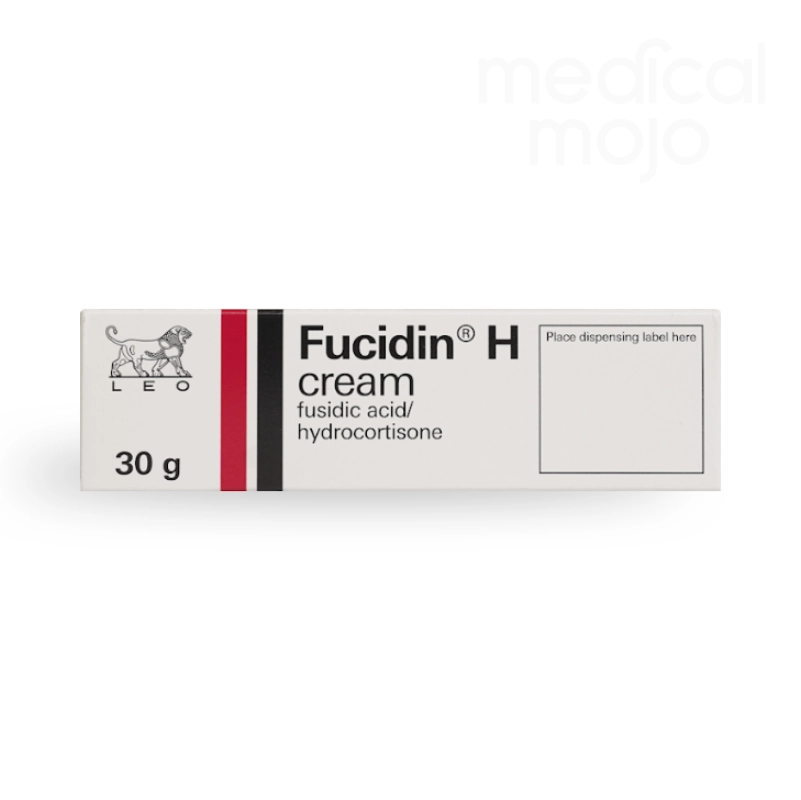What is Fusidic acid cream?
Fusidic Acid cream is a prescription-only medication used to treat bacterial skin infections such as infected eczema, dermatitis, and other skin conditions. It is a topical treatment, meaning it is applied directly to the affected area to alleviate symptoms and prevent the condition from worsening. The active ingredient, fusidic acid, is an antibiotic that targets the bacteria causing the infection. Fucidin cream is only available with a prescription in the UK, so you will need a doctor or pharmacist to prescribe it after a medical consultation. It is suitable for use by most adults, including pregnant and breastfeeding women.
What Does Fusidic acid cream do?
Fusidic Acid cream contains fusidic acid, an antibiotic that works by inhibiting the growth and multiplication of bacteria. Fusidic acid prevents the bacteria from producing essential proteins needed for replication, effectively stopping the infection from spreading. As the bacteria are unable to multiply, they die off, allowing the immune system to clear the infection. This makes Fusidic Acid cream effective in treating bacterial infections like infected eczema, dermatitis, and other skin conditions.
What Are the Alternatives to Fusidic acid cream?
If Fusidic Acid cream is not suitable for you, either due to an allergy or other reasons, there are alternative treatments available depending on the condition you need to treat. For example:
- Fucidin H Cream: Contains fusidic acid and a mild steroid (hydrocortisone) to help reduce inflammation and is used when there is both infection and mild irritation.
- Fucibet Cream: Combines fusidic acid with a stronger steroid (betamethasone) for more severe inflammation alongside infection.
Non-prescription alternatives for eczema and similar conditions include moisturizers, emollients, bath and shower gels, cotton gloves, and antihistamine tablets to relieve itching. These products can help prevent dry skin conditions from becoming severe enough to lead to infection. If the skin becomes infected, it’s important to consult a healthcare professional for appropriate treatment.
How to Use Fusidic Acid cream?
To use Fusidic Acid cream effectively, follow the instructions provided in the Patient Information Leaflet:
- Wash your hands thoroughly before applying the cream.
- Apply a thin layer of cream to the infected area.
- Avoid contact with your eyes; if accidental contact occurs, rinse with cold water immediately.
- Wash your hands after each application unless treating your hands.
- Typically, Fusidic Acid cream should be applied three to four times a day, or as directed by your doctor. If the affected area is covered by a dressing, you may need to apply it less frequently.
Continue using Fusidic Acid cream for the full prescribed duration to prevent the infection from returning. If you don’t see improvement within a few days, consult your doctor.
What Are the Ingredients in Fusidic Acid cream?
The active ingredient in Fusidic Acid cream is:
What Are the Side Effects of Fusidic Acid cream?
While Fusidic Acid cream is generally safe and effective, like all medications, it may cause side effects. Common side effects include:
- Irritation at the application site (pain, burning, stinging, redness)
- Itching
- Rash
- Eczema
These side effects are uncommon, affecting up to 1 in 100 people. If you experience any side effects or if the cream affects you in other ways, stop using it and consult your doctor or pharmacist.
What Are the Warnings for Fusidic Acid cream?
Fusidic Acid cream is not suitable for everyone. Do not use it if you are allergic to any of the ingredients. If you need to apply it over large areas of skin or near the eyes, consult your doctor, as this may increase the risk of side effects. Be cautious, as some ingredients in Fusidic Acid cream may cause skin irritation. If you experience a severe skin rash, swelling of the face or throat, or difficulty breathing after using the cream, seek immediate medical attention.
Always read the packaging and the Patient Information Leaflet before starting any new medication, and inform your doctor about all other medications you are taking or plan to take.












